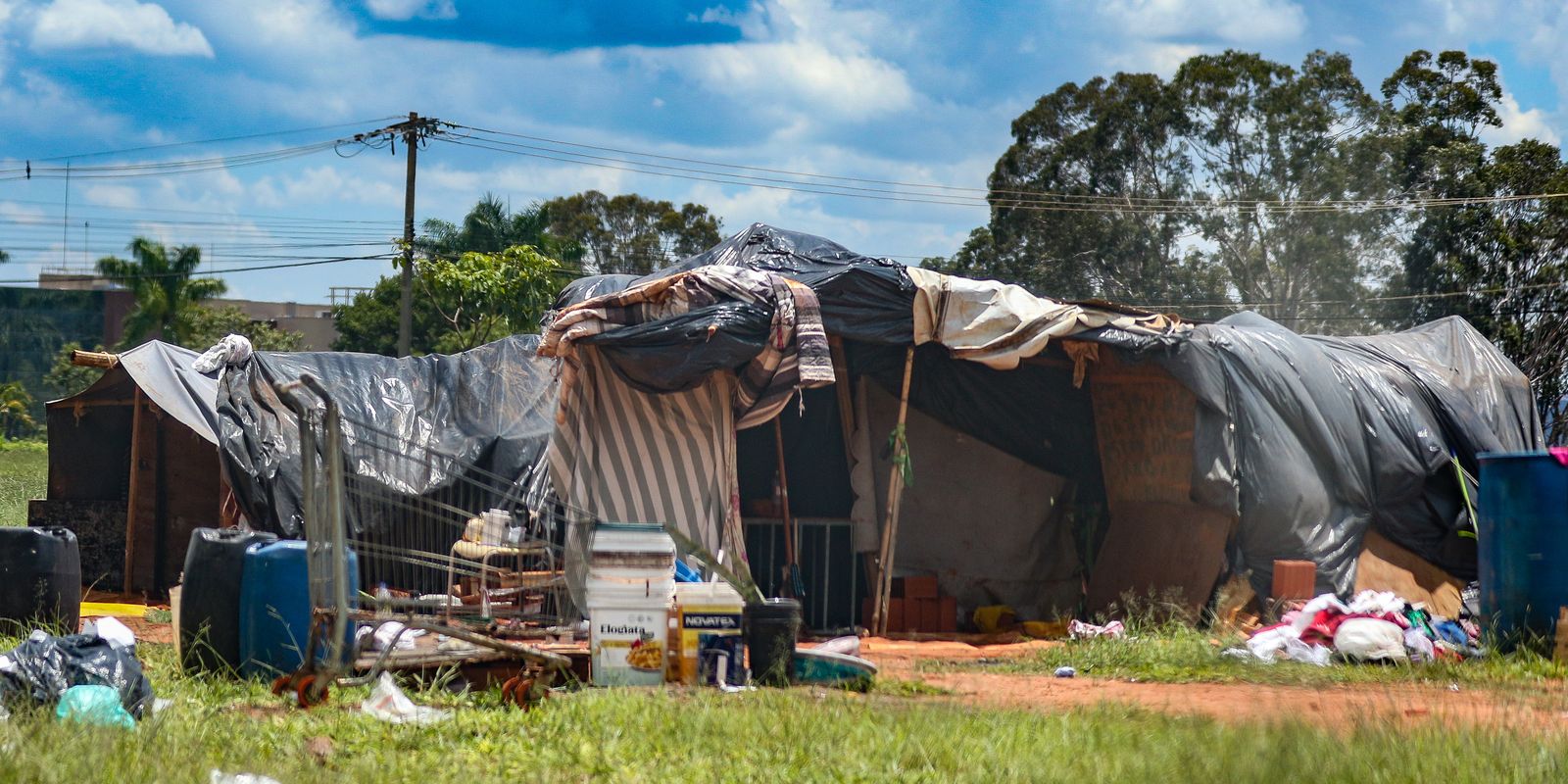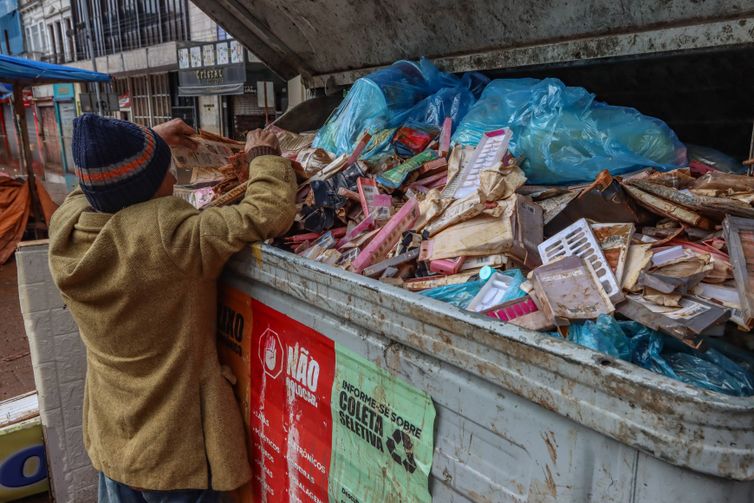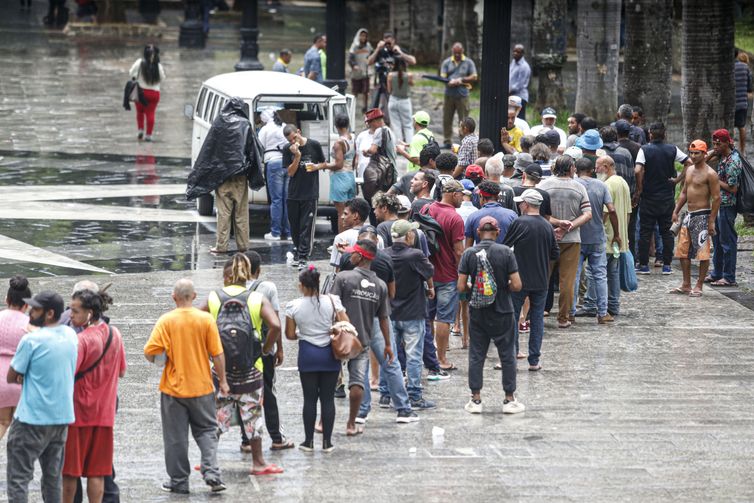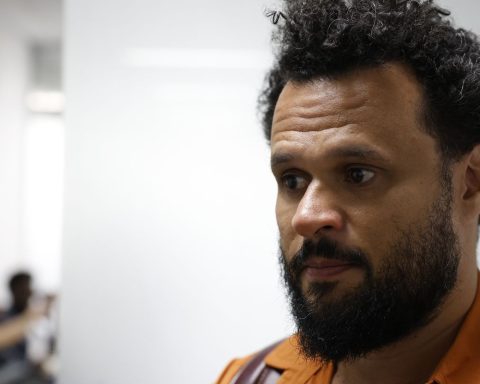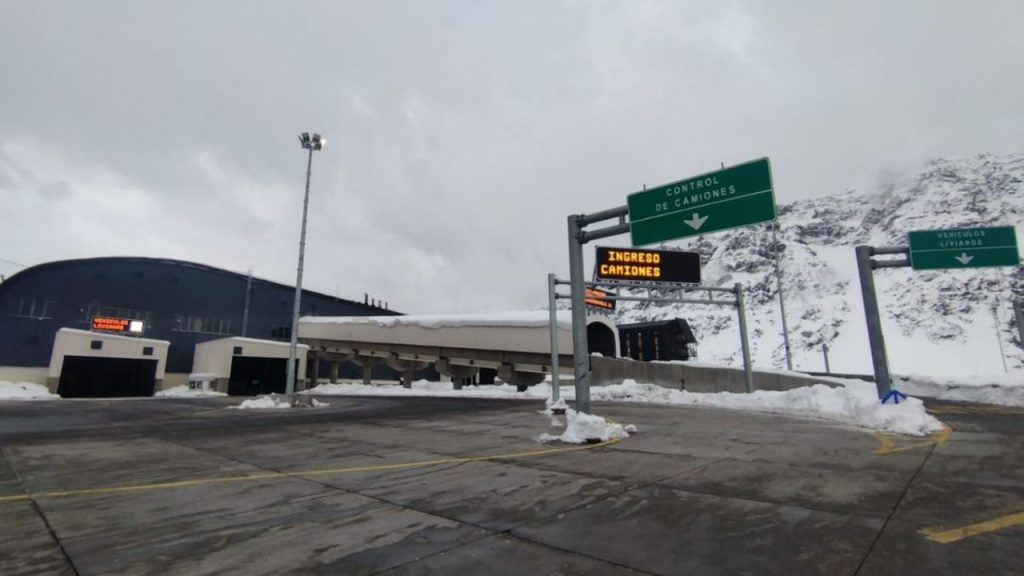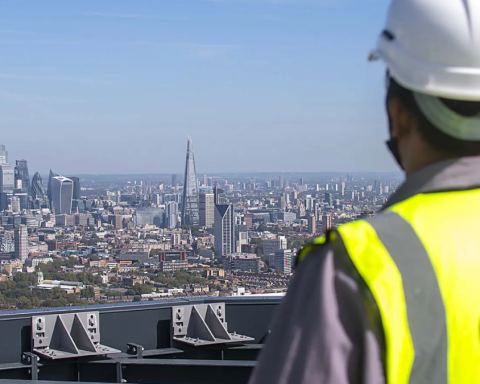Diego Augusto has been living on the streets in downtown Rio de Janeiro for five years. During this time, he has been to all the municipal and state shelters. His assessment of them is negative: shelters infested with bedbugs, social workers he calls “social oppressors” and inefficient structures for working with mental health.
While there are problems, there is no patience to listen to empty promises from the authorities. Election time comes, and future mayors, future councilors, and future candidates appear. They want to show that they are doing something. But all of this is nothing more than hypocrisy. I encourage people to fight and demonstrate, to show their indignation in the media about the rights that have been violated,” says Diego.
The 2024 municipal elections are one way for the Brazilian population to speak out in defense of those, like Diego, who are homeless and live in precarious conditions on the streets of the country. Housing and social assistance structures are the responsibility of city governments. It is up to voters, therefore, to be aware of the candidates’ government plans and pressure them to include the issue in their discussions.
“People living on the streets have their own voice. They have forums to defend their rights and representation as collective subjects in various social movements. It is important to remember that they also vote, although not all of them. So, they have a political organization, but they cannot fight alone. It is important that we also strengthen this fight, expanding, giving voice and visibility to the needs of this population”, argues Ana Paula Mauriel, social worker and professor at the Fluminense Federal University (UFF).
Problem numbers
After much struggle by social movements, the National Policy for the Homeless Population was instituted by Decree No. 7,053 of December 23, 2009. There was provision for social assistance, health, housing, among other actions. But the response from municipalities was very low. In 2023, only 18 cities had adhered to the policy out of a universe of 5,570 municipalities in the country.
In December 2023, the federal government launched the “Visible Streets Plan – For the right to a future for the homeless population”, with an initial investment of R$982 million. A kind of update of the 2009 plan, based on seven axes: social assistance and food security; health; institutional violence; citizenship, education and culture; housing; work and income; and data production and management. So far, only Rio de Janeiro and Belo Horizonte have joined the plan.
“The standard approach to dealing with the homeless population is to collect them through violence or imprisonment through mental health. A sanitation policy has always been prioritized. And this has been increasing since the pandemic in large urban centers. The idea of forcibly collecting people and taking away their belongings,” analyzes professor Ana Paula Mauriel.
A major challenge in developing public policies aimed at this population is the lack of up-to-date information. The only national survey was conducted in 2008, the 1st National Census and Survey on the Homeless Population, which identified almost 32,000 people over the age of 18 in 71 cities. The Ministry of Human Rights and Citizenship (MDHC) released a report in 2023 indicating that there are 236,400 people in this situation. The data is based on the Single Registry (CadÚnico) for Social Programs.
The homeless population is concentrated in large urban centers. Around 90% of them live in ten cities: São Paulo, Rio de Janeiro, Belo Horizonte, Salvador, Brasília, Fortaleza, Porto Alegre, Curitiba, Campinas and Florianópolis. The city of São Paulo alone has 41%.
Some municipalities conduct their own surveys, but they also have problems updating them. One example is São Paulo, which conducted its last census in 2021. It included 31,884 people. The Brazilian Observatory of Public Policies for the Homeless Population, part of the Citizenship Center of the Federal University of Minas Gerais (UFMG), used data from CadÚnico that shows 64,818 people in this situation in 2023. The researchers say that the São Paulo municipal administration had the worst rate of updating the registry, when compared to other capitals.
Municipal competences
In addition to an updated map of people living on the streets, voters can keep an eye on the specialized healthcare and care structure that the municipality offers: whether there are enough units, whether they are in good working order and whether they offer adequate care to users.
One of the municipal services exclusively for this population is the Specialized Social Assistance Reference Center (Creas). Its function is to listen, welcome, provide guidance, refer and coordinate the social assistance network.
There is also the Specialized Reference Center for the Homeless Population (Centro POP). It should promote access to spaces for storing belongings, personal hygiene, food and issuing civil documentation. It also provides an institutional address as a reference for the user.
There are also shelter services, such as shelters, halfway houses and shared housing. One of the main problems in these cases is the insufficient number of places. The city of Rio de Janeiro is an example of this. In 2022, there were 7,865 homeless people and the number of shelter places was 2,200. In other words, the deficit was 5,665 places.
Regarding health services, in addition to access to the Unified Health System (SUS), the homeless population has access to a specific service: the Street Clinic. A program with different professionals who provide fixed or mobile care. Basic care is offered, such as dressings, medicines, care instructions and referrals to health units. In 2023, the Street Clinic was present in 138 municipalities.
“Candidates should be aware of specialized social and health services. It’s not the police beating people up, taking their belongings and throwing them in any other corner. It’s an approach with a trained team that reaches out to the homeless population, who will talk to them and provide support. There are psychologists and social workers. It’s not a question of public safety, but of social assistance,” says Ana Paula Mauriel.
For someone who has been in extreme conditions for so long, it is hard to believe that municipal authorities alone have an interest in changing the reality of those living on the streets. That is why Diego Augusto understands that a better future, with the guarantee of all rights, depends on the involvement of the entire society.
“I no longer see any hope in the municipal authorities to try to solve or improve the conditions of homeless people, no way. Civil society does. When civil society organizes itself to demonstrate and fight for their violated rights, then, yes, rights will come into our lives,” said Diego.
